What is permaculture and how to use it in your garden?
Previous PostPermaculture is a term coined by two Australians, Biologist Bill Mollison and Environmental Designer David Holmgren, from the words 'Permanent Agriculture'.
The noticeable principle of permaculture is to care for the earth, care for its people, and take only a fair share from it.
Bill Mollison, in one of his books, defines permaculture as “a philosophy of working with, rather than against nature; of protracted and thoughtful observation rather than protracted and thoughtless labour; and of looking at plants and animals in all their functions, rather than treating any area as a single-product system.”
Permaculture as we like to define is - looking at your garden with a unique and a different mindset. A sustainable approach to using land, no matter its size. If you are a mindful home gardener, there are chances that you are already practicing permaculture without even knowing it.
Traits of Permaculture Gardening

- Traditional Gardening uses a one-size-fits-all methodology for growing plants and vegetables. It is based on the demand rather than on what plant suits a piece of land. On the other hand, permaculture gardening is working with nature, i.e. picking plants that work best for the local environment. Learn more about growing by season here.
- In permaculture gardening, decomposed dead plants become the basis of new growth. In other words, permaculture treats the decomposed waste from the plants as organic matter instead of hauling it away.
- A permaculture garden serves multiple purposes. It provides food for us along with a habitat for wildlife. It is a place designed keeping all seasons in mind. A place where one can relax, meditate and even exercise.
- Under permaculture gardening, different types of plants are selected to promote the health of the land. It also aids in keeping the plants free from diseases and insects while broadening food options. Read about companion planting to know which plants grow best together.
- In terms of ethics, permaculture is a rigid system, but it is surprisingly open in its approach. Everything that works well for taking care of the planet while catering to people has a place within this practice.
- Permaculture gardening adopts the no-dig technique for preserving soil that converts organic waste into plant food. Digging the soil can kill beneficial bacteria and creatures that help keep the soil in good condition.
How can you start a permaculture garden?
Regardless of the size of your garden, you can start building your permacultural garden. Follow these steps to adopt this environmental-friendly technique:
Know your garden

The very first step is to keep a close eye on your garden. Know your garden throughout all four seasons. Do your research on how much light and wind it receives, and learn about your garden's climate and ecosystem. Learn where the rainwater in your garden collects and which part of your garden receives the most amount of sunlight/wind.
Divide and rule your permaculture garden

Divide your garden into little zones according to the type of plant you will require the most and the weather requirements of that plant. For instance, sow the plant you will need closer to the walking zone and the plants that need little attention away from your house. Also, divide the plants based on their requirements; a plant that requires sunlight goes into the sunny area of the garden.
Be wise with the space

Make good use of every little space in your garden. Use trellises to grow your plants vertically and containers to utilize the concrete covered space.
Pick the local plants

When planning your gardening calendar, include as many local/natives plants as possible. Local plants have multiple benefits; from attracting pollinators to providing shelter to wildlife. Native plants are better adapted to the climate, making them disease-resistant and a great addition to your gardens.
Sheet mulching

Instead of digging up your gardens, practice sheet mulching for your permaculture garden. Also known as lasagna gardening, the sheet mulching method means covering the ground with a thick layer of mulch and waiting for the vegetation under the mulch to decompose. This method requires advanced thinking and planning. You will have to begin the mulching process in early summer to make the ground ready for the spring season. This method doesn't disturb the soil and allows dead plants to turn into organic material for the next batch.
Spot planting

One of the common practices of permaculture gardening - spot planting, means removing a patch just enough to plant a tree or shrub instead of digging and disturbing the entire area.
Preserving water

Permaculture gardening also promotes ways to prevent water like planting natives that don't require a lot of water; collecting rainwater in barrels; using sustainable methods of reusing the water by installing drip irrigation and soaking hoes systems.
Rotational cropping

By practising rotational cropping techniques you can create a simple sequence that will help the soil to revitalize and keep pests at bay. Sow plants that require different nutrients, one after the other. Start by planting soil-enriching beans and peas before nutrition-hungry vegetables. Then switch to nightshades like peppers, and eggplants, and close the planting cycle at mineral-mining root vegetables.
Companion planting
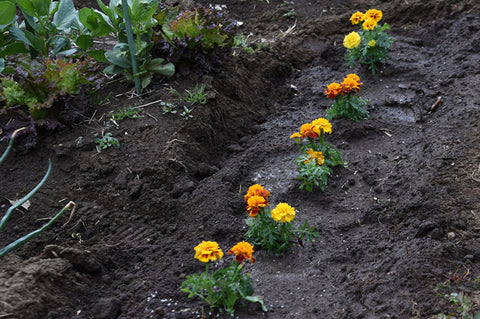
Grow different varieties of plants that are beneficial for each other side-by-side. Such pairing of plants allows for unique benefits like deterring pests, providing soil minerals & nutrients, suppressing weeds and allowing vertical support etc.
Read our Companion Planting Guide for Vegetables & Herbs for more information.
Worm Composting

Worm composting or vermiculture is an age-old practice in the organic gardening world. It is a process of treating biologically decomposed waste into beneficial soil fertilizer with the help of facilitators like earthworms.
Read more on vermicomposting here.
Go organic

Under permacultural gardening, avoid the use of chemical fertilizers and look for alternative organic ways or promote plant care. Fill in the empty spaces in your gardens with desirable plants to suppress the growth of weeds. Plants perennials over annuals. Pick plants that attract natural predators of pests, for instance, hoverflies' larvae destroy aphids. Therefore, planting flowers will help in keeping the aphids away. Learn how to practice organic gardening here.
Creating a permaculture garden takes time, just like any other garden. Therefore, be patient and have faith in your methods. Get your GMO-free seeds and growing supplies from AllThatGrows and start building your permacultural garden today.


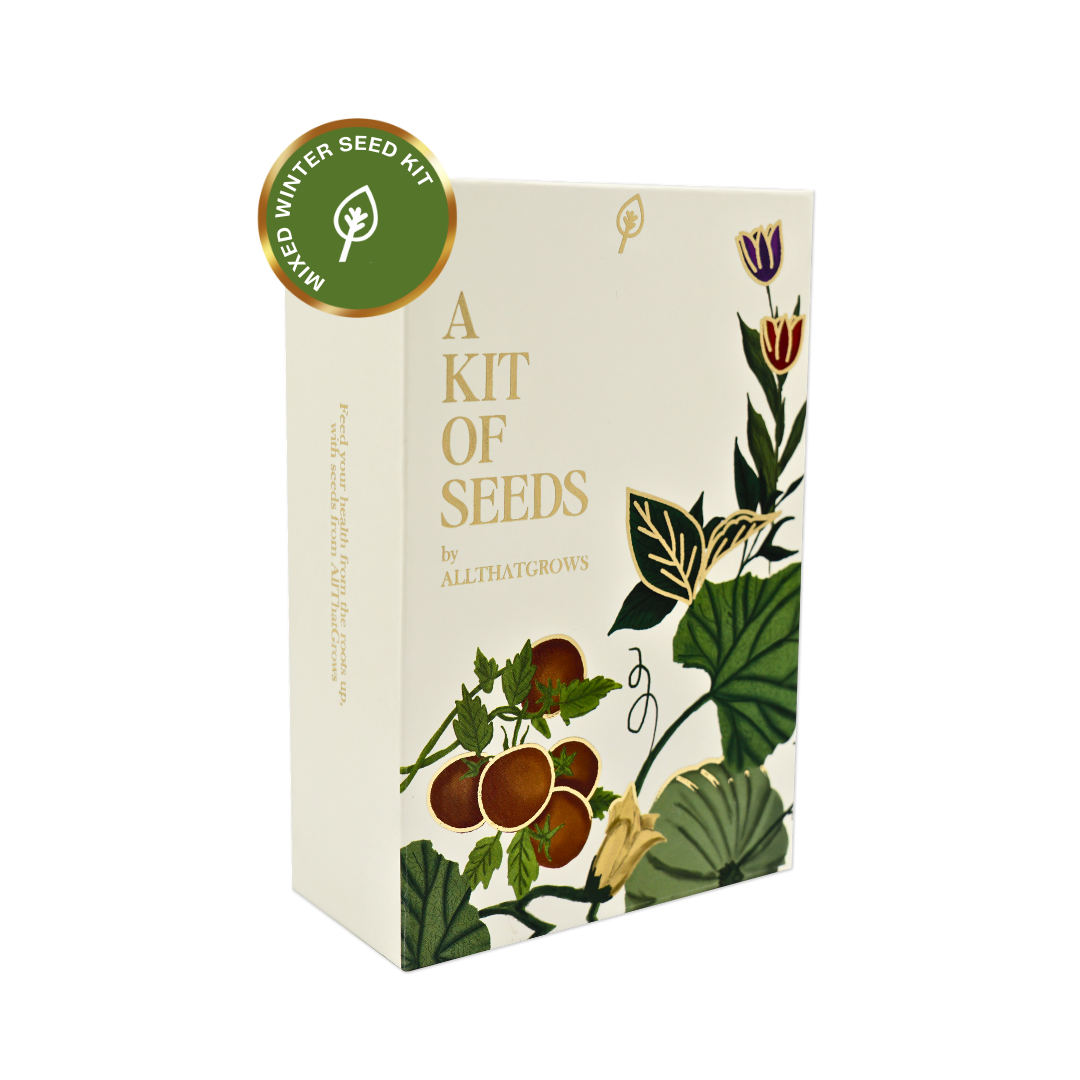



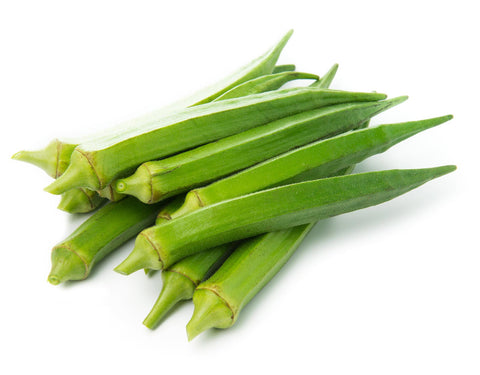
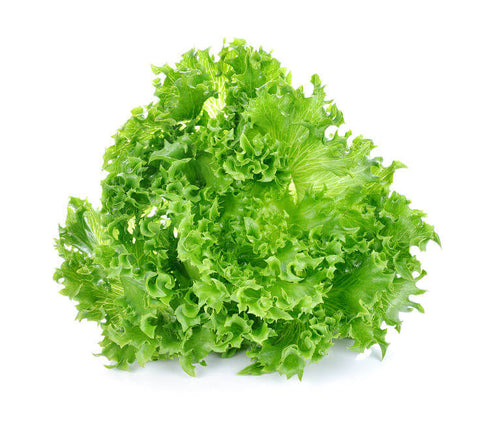
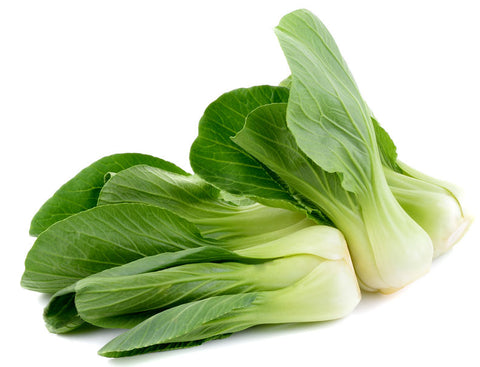
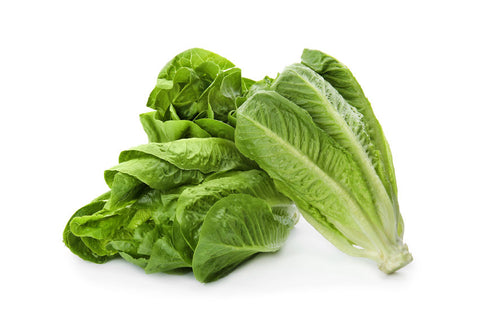

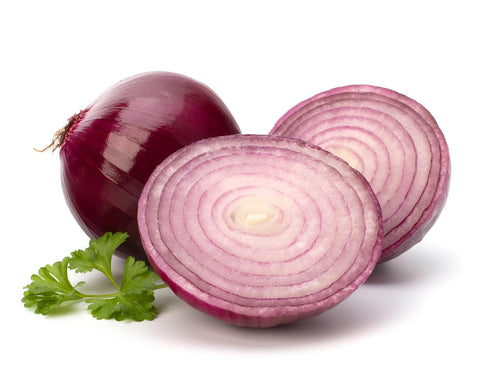

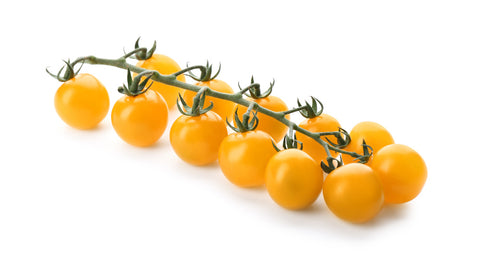
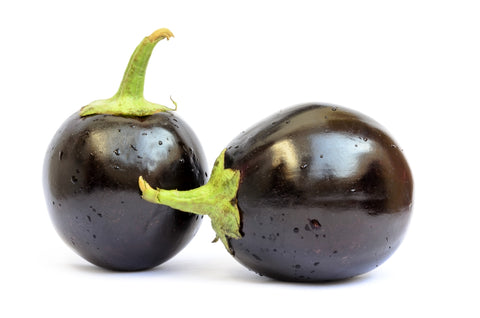

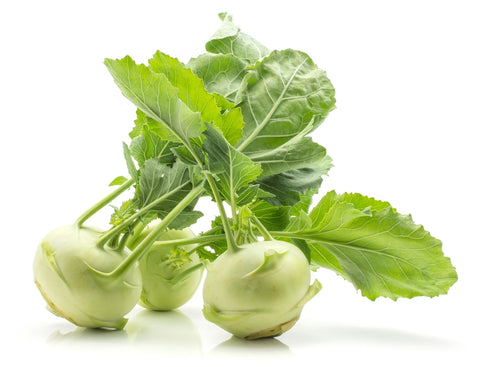
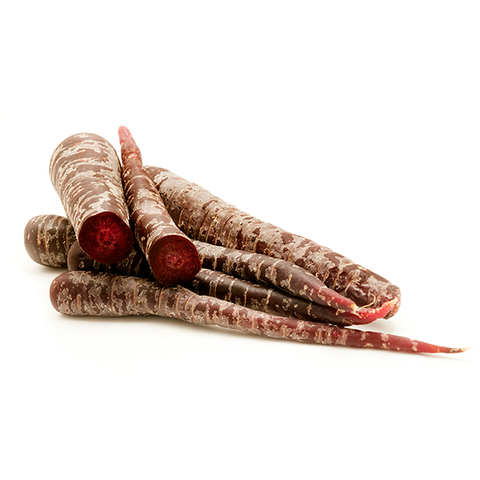
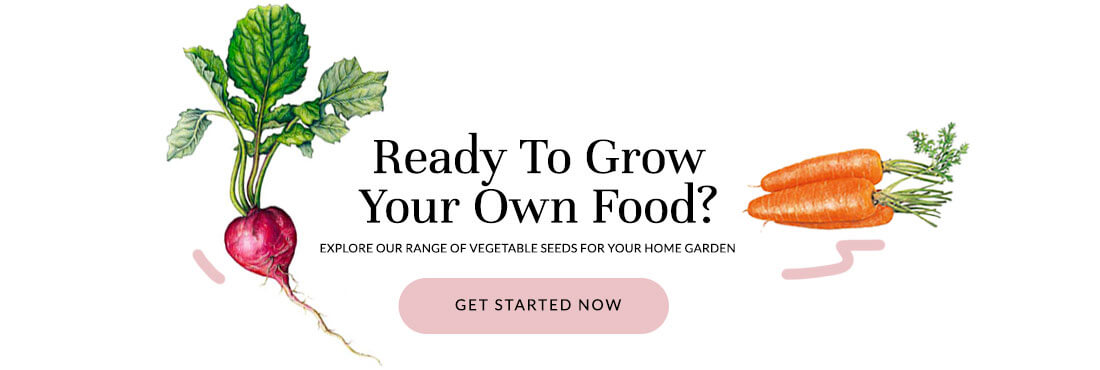

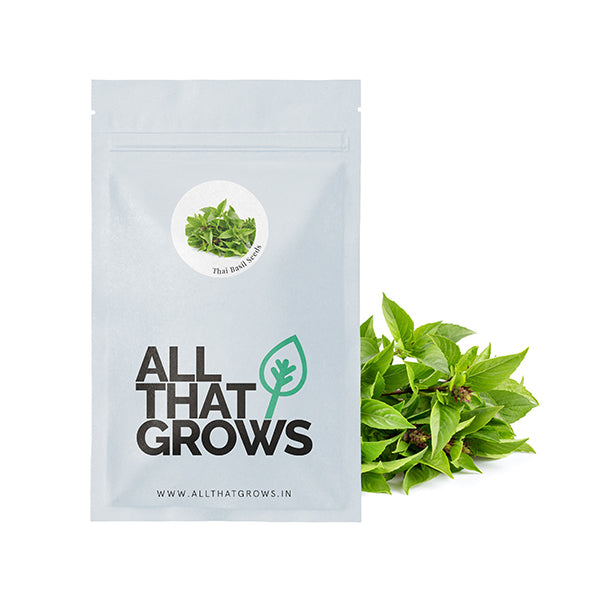
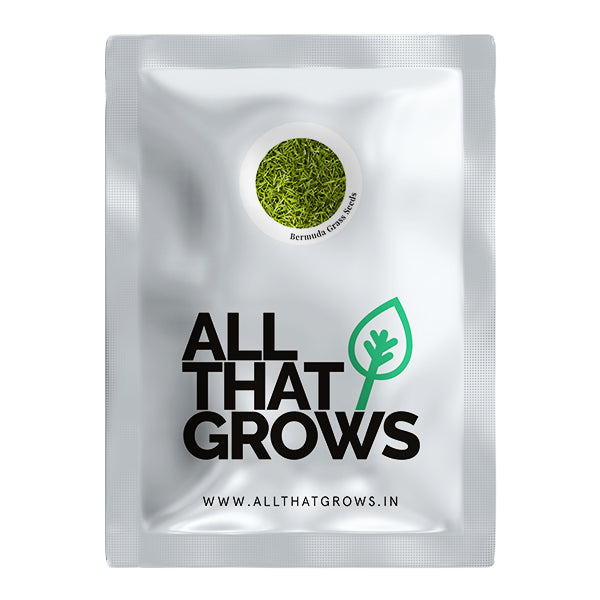
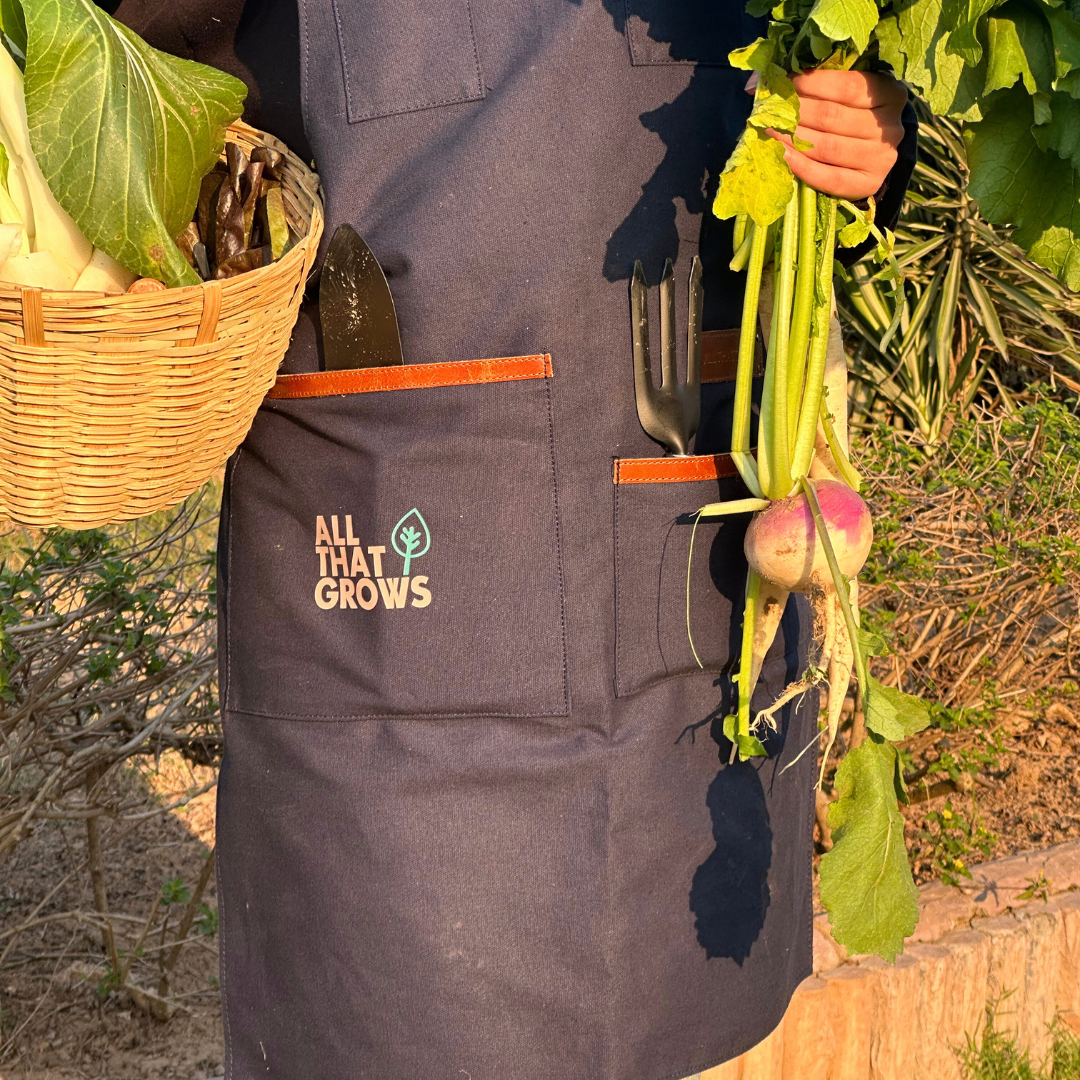

Leave a comment